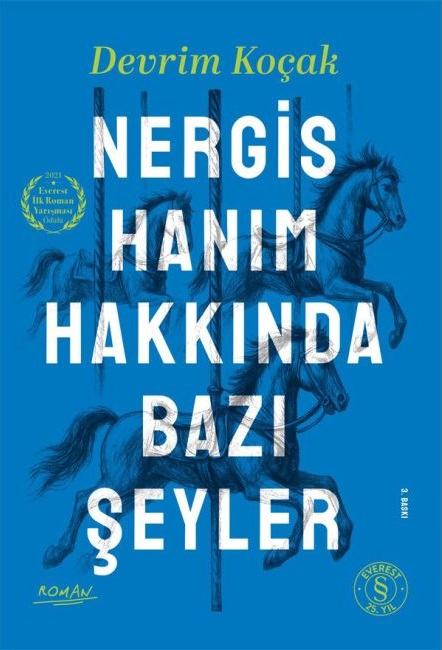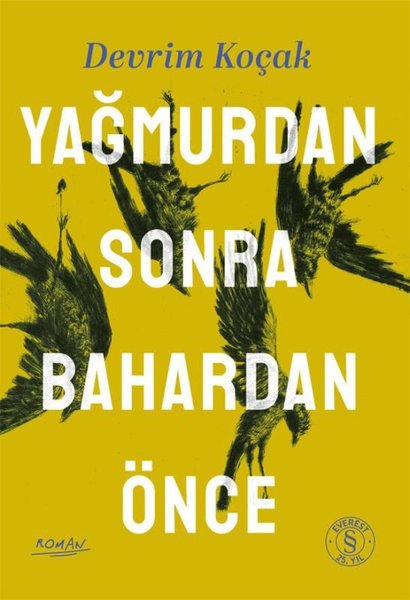Which characters in Dostoyevsky’s novels might be on the autism spectrum?
The characters in Dostoyevsky’s novels stand out with their deep internal conflicts, social alienation, and moral questions. Some of these characters appear to have a mental functioning that could be addressed under the heading of “neurodiversity” in contemporary clinical literature.
- Prince Myshkin – The Idiot
When Prince Myshkin’s behavioral patterns are examined with the classical psychoanalytic approach, they exhibit a high degree of internal impulse control, a marked indifference to the outside world, and an extremely intense ethical sensitivity. This character has a limited capacity to establish object relations; the bonds he establishes with the people around him are either idealizing or completely dissolved.
When viewed within the framework of Freud’s concept of “primary narcissism,” Myshkin exhibits a structure that cannot fully internalize objects from the outside world and has difficulty interacting with them. His love for the other person is directed more toward the pure and innocent human image in his own inner world. This has left him stuck in a kind of “moral mirroring”: while confronting the sins of others, he pits them against his own pure images.
In addition, Myshkin’s use of language is often indirect, intuitive, and sometimes anachronistic. His syntax is oriented more toward individual content than toward social context. This may be equated with the fragmented object relations described by Melanie Klein as the “paranoid-schizoid position”: the tendency to perceive people as either all good or all bad, which disrupts his social adaptation.
- Nastasya Filippovna – The Idiot
Nastasya Filippovna also exhibits a structure woven with intense inner conflict, in which she cannot establish a healthy connection with the outside world in certain aspects. She either cynically rejects the love directed toward her or responds with excessive passion. This can be explained in classical psychoanalysis as “schizoid ambivalence”: a state of balance between the desire for closeness and the threat it feels from it.
However, his constant feeling of guilt and worthlessness towards himself pushes him into a sadomasochistic existence. Behind this emotional state may lie a traumatic sexuality of the early period and its repression. In his understanding of social norms, instead of seeking formal conformity, he adopts a position that dramatizes them; this makes him a character structured on a borderline level rather than neurotic.
- Smerdyakov – The Brothers Karamazov
Smerdyakov shows a significant emotional distance from the outside world, lack of empathy and dullness in social interaction. His communication is formal on the surface, but its subtext contains intense resentment, manipulation and denial. In a Lacanian reading, Smerdyakov’s relationship with the “Real” is traumatic; in other words, he has not been able to fully integrate into the symbolic order (language, society, law), but has created a psychotic closed universe to compensate for this.
From the perspective of the concept of jouissance (pleasure intake), his pleasure intake is not repressed but perverted. His silent observation of the moral decline of other characters and his concealment of his own actions in the shadow of these observations make him a carrier of a “silent superego” in the classical sense.
In addition, his relationship with his mother has repressed Oedipal dynamics. In this context, Freud’s concept of the “death drive” is clearly visible here: He acts with a desire to destroy both himself and others. His indifference towards other people reflects a deeper existential denial and isolation.
- Kirilov – The Demons
Kirilov’s logical way of thinking and the theories he develops on existence show a cognitive structure that goes beyond classical psychoanalysis. His deification of himself through the absence of God is an extreme reflection of the narcissistic desire for wholeness. Lacan’s rejection of the “Big Other” (denial of God) also means the denial of the entire symbolic order. This turns him into a subject on the psychotic border.
He does not show any formal disorder in social communication, but the concepts he uses are inaccessible to those around him because their semantic context is personal. In other words, language is not a means of communication for him, but a mechanism of intellectual isolation. This resembles what Piaget calls “private speech,” the leakage of inner language to the outside.
Kirilov’s act of suicide is not the result of a death drive, but rather a desire for absolute control. His desire to take on the role of God by killing himself is an unconscious psychotic internalization of the myth of “the man who killed God.”


